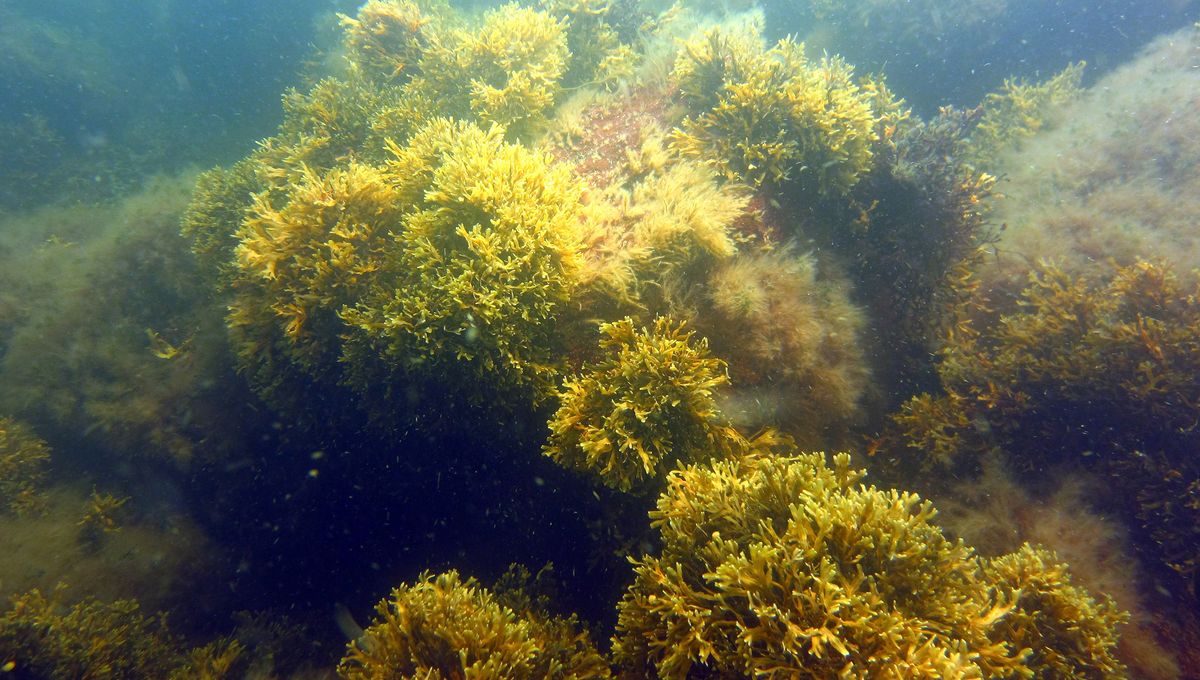
There’s a giant clone hidden underneath the waves of the Baltic Sea. Yes, really – scientists have just discovered that some forests of what was thought to be a unique species of seaweed in this region is actually another species entirely, and one that may have spread to become the world’s largest clone.
ADVERTISEMENT
The two species in question are common bladderwrack (Fucus vesiculosus) and narrow wrack (Fucus radicans), the latter of which was thought to be a prevalent species in the Gulf of Bothnia, a region of the Baltic Sea between Sweden and Finland.
However, upon analyzing the DNA of seaweed samples taken from this area, researchers from the University of Gothenburg, Sweden, discovered that the narrow wrack was one huge, female common bladderwrack clone.
“This clone comprises millions of individuals, and in some areas, it is completely dominant, while in other areas it grows alongside sexually propagated individuals of bladderwrack,” said study author Ricardo Pereyra, who led the genetic analyses, in a statement.
“We have found a few more large clones in the Baltic Sea, but the female clone off the Swedish Gulf of Bothnia is by far the largest clone – a real super female.”
Pereyra wasn’t kidding when he said the clone was large. It dominates sites across over 550 kilometers (342 miles) of the Gulf of Bothnia coast, having spread by the currents carrying off fragments of the original female to new locations, where they grow into a new individual with the same genetic material as the original.
Other claims to the world’s largest clone include the 180-kilometer (112-miles) seagrass clone in Australia’s Shark Bay, and Pando, a huge blob of quaking aspen that spreads over 42.6 hectares (105.3 acres) of Utah’s Fishlake National Forest.
ADVERTISEMENT
The question is, why should it matter if one species of seaweed was thought to be another? Or that there’s a huge clone of it? The answer involves climate change, warming oceans, and conservation.
“The Baltic Sea is entering a period of warmer and probably even fresher seawater. In new conditions, all species must try to adapt in order to survive, including the important bladderwrack,” said lead author Kerstin Johannesson, a professor of marine ecology.
“A clone almost completely lacks the genetic variation that otherwise means that there are individuals in a population that can handle the changes and make the species survive.”
It’s important that common bladderwrack survives; several species rely on it to provide shelter or food, including fish, snails, and crustaceans. If the seaweed can’t adapt, it increases the risk that they might not survive either.
ADVERTISEMENT
Knowing the genetic variation and complexity of the seaweed species in the Baltic Sea might help to prevent this, by giving conservationists a better understanding of how to manage them in the face of changing conditions.
The study is published in Molecular Ecology.
Source Link: Seaweed Forest Spread Over 550 Kilometers Could Be The World’s Largest Clone